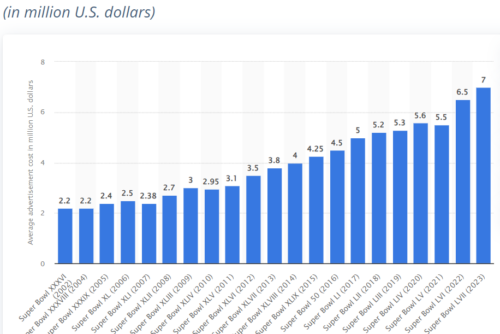As I keep saying, eating less is bad for business.
If you need proof, just look at how the food industry is scrambling to figure out what to do in response to the effects of GLP-1 drugs in decreasing appetite and food “noise.”
Here are a few examples.
The threat
Weight loss drugs may be melting US ice cream demand: Demand for frozen dairy products in the US has been declining for decades. Consumers’ growing interest in GLP-1 weight loss products is putting further pressure on demand…. Read more
Ozempic’s Effect on Food Innovation: Anti-obesity drugs have dropped on the food business in the last year like ChatGPT has dropped on the world. And according to experts assembled for a recent Mattson webinar on the topic, the effects of new appetite suppressants including Ozempic, Wegovy, and Zepbound have only begun to be felt among American consumers and the food industry that sells to them.
The promise
Nestlé introduces Vital Pursuit brand to support GLP-1 users in the US: Nestlé is introducing Vital Pursuit, a new line of foods intended to be a companion for GLP-1 weight loss medication users and consumers focused on weight management in the US. The products are high in protein, a good source of fiber, contain essential nutrients, and they are portion-aligned to a weight loss medication user’s appetite. The new line is also well-suited to support a balanced diet for anyone on a weight management journey. Vital Pursuit is the first food brand from Nestlé intended for GLP-1 users with the goal of complementing the eating habits of millions of Americans who are currently prescribed a weight loss medication or actively working to manage their weight.
Food Companies Want a Piece of the Ozempic Pie, Too: Last fall, word of a looming existential threat to the packaged food industry began to bubble up in earnings calls and among analysts. Drugs such as Ozempic, Wegovy and Mounjaro, experts feared, could be a little too effective at curtailing people’s cravings for snacks and sweets, and if too many people got on the drugs, their changing habits could eventually do the industry real harm. Could buyers begin to forsake Doritos and Oreos and Pizza Bagels?
Danone Targets Health, Nutrition as Food Industry Braces for Ozempic Era: The food company is targeting like-for-like sales growth of 3%-5% for the 2025 to 2028 period, with operating income rising at a faster pace than sales. Danone plans to double down on health and nutrition in the coming years as food companies seek to tackle the effects of Ozempic and other blockbuster weight-loss drugs on eating habits.
Supergut’s Marc Washington on ‘Ozempic era’ opportunity: The IPA World Congress + Probiota Americas 2024 in Salt Lake City highlighted many of the innovations happening in the prebiotics space, including how GLP-1s are impacting the category…. Watch now



